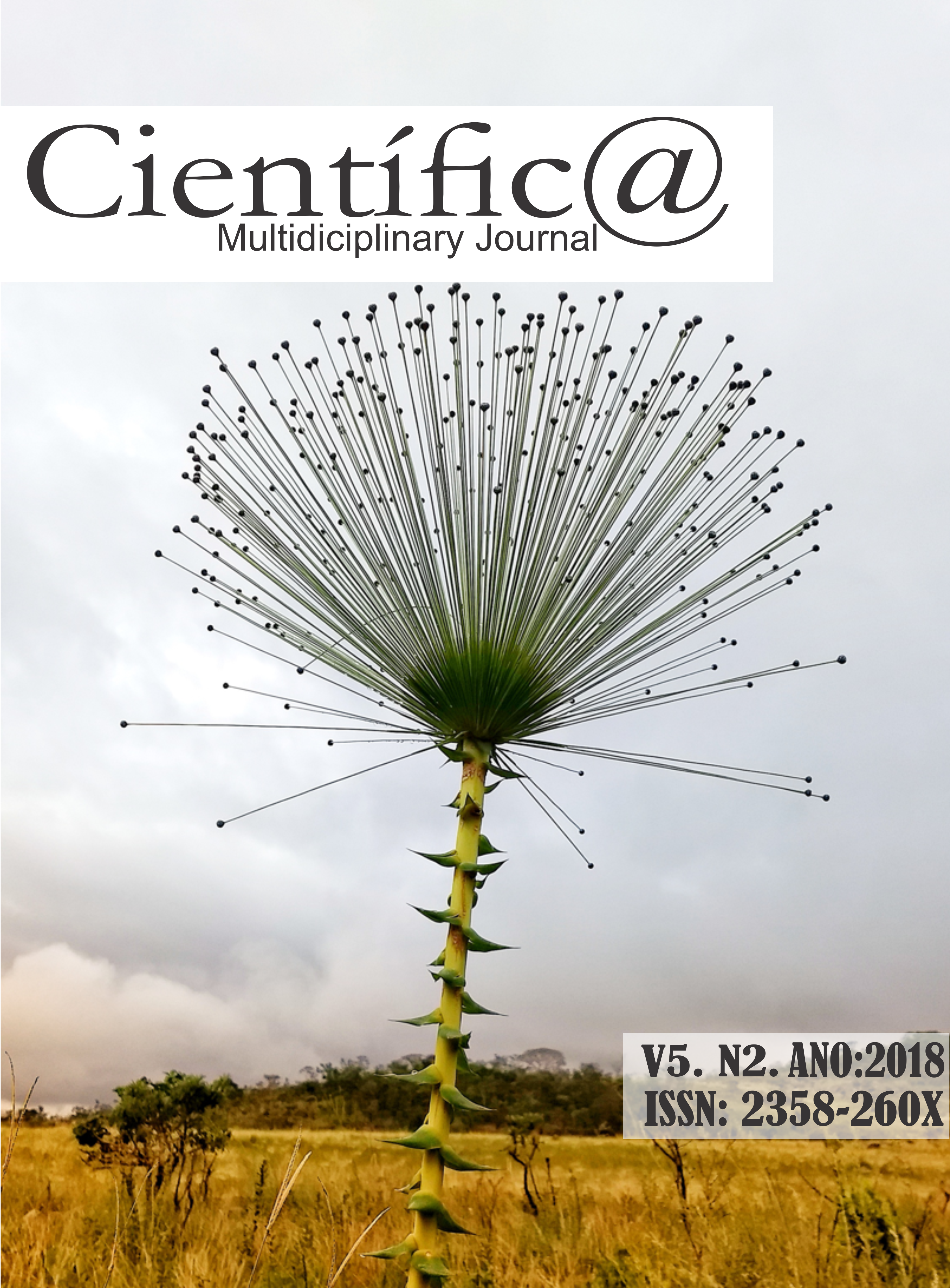Physiological Effect Of Insecticides And Fungicides On The Germination And Effect Of Soybean Seeds (Glycine max L.)
DOI:
https://doi.org/10.29247/2358-260X.2018v5i2.p77-84Abstract
The initial protection of the plants through the use of insecticides and fungicides has been shown to be efficient for a good management of pests and diseases, however some molecules used in the treatment of seeds have demonstrated a physiological effect on germination and initial vegetative development. The objective of this work was to evaluate the physiological effect of insecticides containing the active ingredients Imidacloprid, Tiametoxam and a fungicide with the active principles Metalaxyl-M + Fludioxonil on germination and seed vigor. The experiment was conducted at the Laboratory of Seed Analysis of the University of the State of Minas Gerais - Ituiutaba Unit in Outline Design with 6 treatments and 4 replicates for each treatment. The treatments were as follows: T1 - distilled water; T2 - Rocks® insecticide (Bifenthrin + Imidacloprid); T3 - Cruiser® insecticide (Thiamethoxam); T4 - Maxim XL® fungicide (Fludioxonil + Metalaxyl-M); T5 - Rocks® + Maxim XL® and T5 - Cruiser® + Maxim XL®. The application of the treatments was performed according to the manufacturers' recommendations and the percentage of seed germination, the rate of emergence, the electric conductivity of the soaking solution and the total length of seedlings were evaluated. The data were submitted to Analysis of Variance (0.05) and the means were compared by the Tukey test (0.05). The results indicated that there was no statistically significant difference for the variables germination (%), emergency speed index, electrical conductivity of the imbibition solution. For the variable length of seedlings, it was found that there was a statistically significant difference at the 5% level, thus, treatments 3, 4, 5 and 6 were statistically superior to treatments 1 and 2.
Downloads
Published
How to Cite
Issue
Section
License
Esta revista oferece acesso livre imediato ao seu conteúdo, seguindo o princípio de que disponibilizar gratuitamente o conhecimento científico ao público proporciona maior democratização mundial do conhecimento.
A partir da publicação realizada na revista os autores possuem copyright e direitos de publicação de seus artigos sem restrições.
A Revista Científic@ - Multidisciplinary Journal segue os preceitos legais da licença Creative Commons - Atribuição-NãoComercial 4.0 Internacional. 

